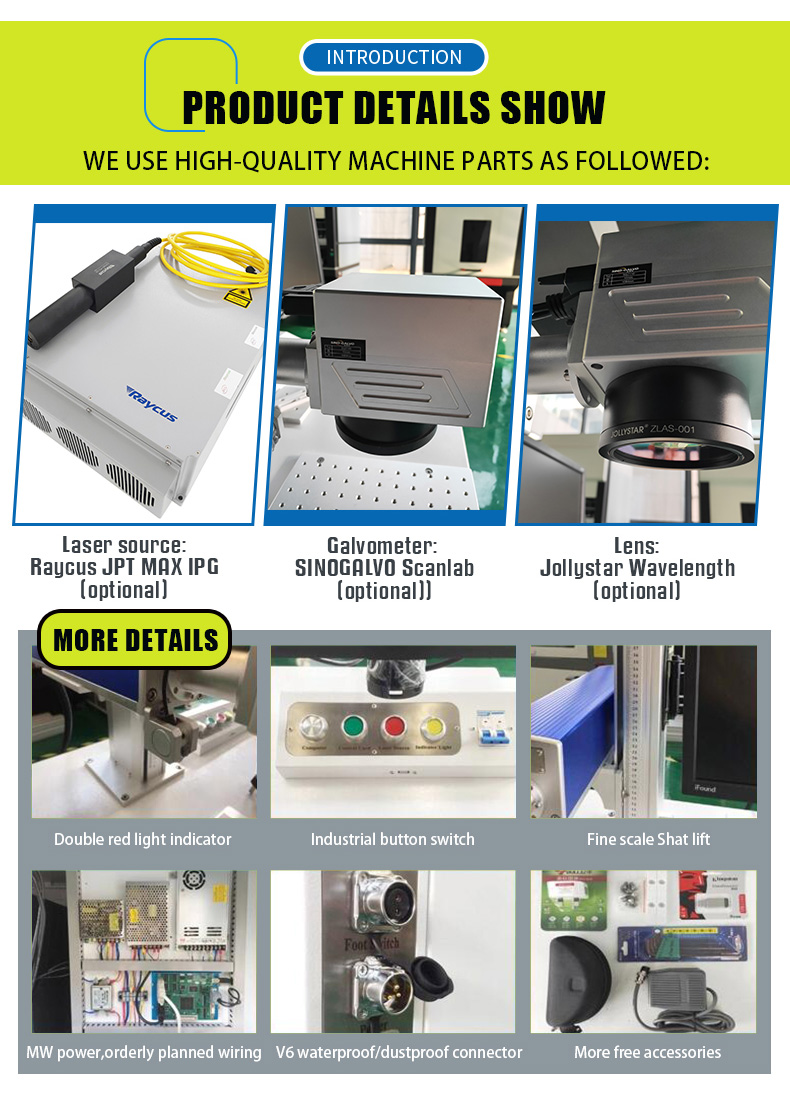Laser cutting of thin film ceramic is also possible using a co 2 laser producing a clean edge with little discoloration.
Fiber laser marking ceramic materials.
Fiber laser marking on organic insulating material a ceramic substrate ceramic package with han s laser mopa fiber laser technology.
Melting causes the material to darken creating a color contrast without fully ablating the surface.
Lens a small spot size lens less than 0 005 or 125 microns is the best for laser engraving and laser marking glass and ceramic materials.
The laser s energy heats up the ceramic material melting the surface and causing a direct color change.
Applications include part identification decorative marking and more.
Heatsign has perfected the art of ceramic marking using the most advanced laser marking technologies.
Typically we use 1064 nm fiber lasers for marking parts via melting.
The following industrial lasers to profile drill scribe and imprint a range of business data including brand names logos graphics and 2d codes.
Laser processing of ceramics is typically performed using a 10 6 or 9 3 micron co 2 laser with some ceramics also absorbing a 1 06 micron fiber laser wavelength.
Fiberglass carbon fiber fiber based materials like fiberglass can be marked with limitations.
At least 40 watts of fiber laser power is recommend for laser marking certain ceramic materials like aluminum silicate.

